Gardening can be demoralising if, after hours of sweaty work, your results are lacklustre and your plants decimated by bugs or eaten by deer. Worse is when the flowers you did manage to coax into bloom don’t bother showing up again the next year. That’s why perennials are so important for any flower garden — because they aren’t “one and done” wonders, but rather they’re the diligent, steadfast bedrock of your garden. Perennials come back year after year to provide colour, cover, and inspiration. If you’re losing your will to garden, the answer might be to recalibrate: Choose a roster of easy perennials that don’t require advanced gardening skills, can withstand all manner of neglect and abuse, and still provide your annual dose of colour and joy.
Note that not all perennials grow enthusiastically in every region, so check your growing zone before loading up on a bunch of plants that will absolutely hate your local climate. And keep in mind that while you can plant a perennial literally any time, it’s always going to be best to plant them in the fall and spring when it’s neither too hot or too cold. Finally, not all perennials are the same. Some require more care than others. Here are some examples of easygoing perennials that even brown-thumbed people can easily enjoy.
Coneflower
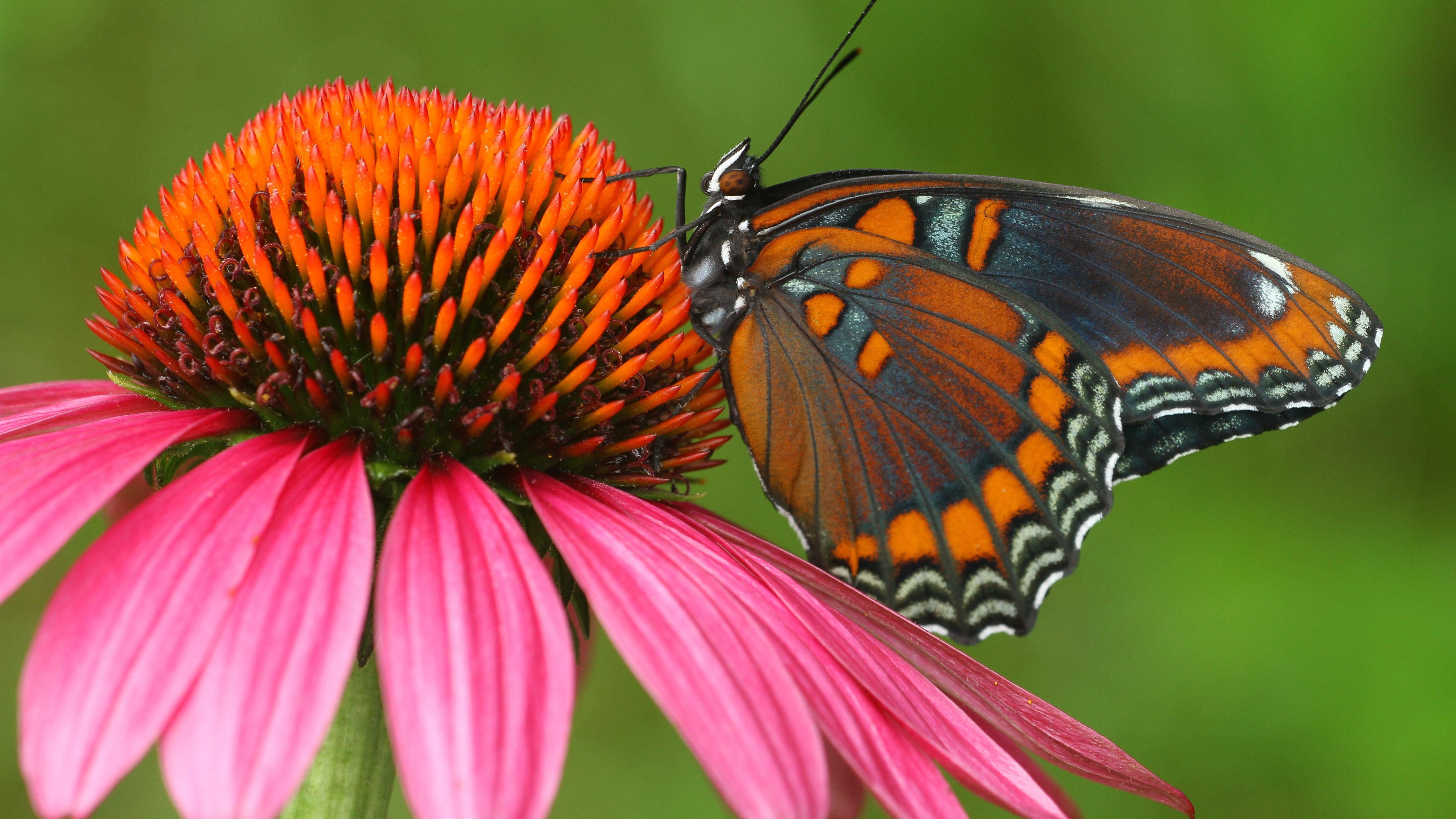
Dead simple to grow, coneflowers are extremely popular with birds and butterflies, so if your gardening goals include that sense of being one with nature, these are an excellent choice. Modern hybrids offer a wide range of colours, plus coneflowers grow easy and are self-seeding — you literally don’t need to do anything if you’re not inclined to manage your garden much. Best of all, if you want birds, you don’t even need to deadhead the flowers, because the birds will come to feast on the seeds. This is the ideal flower for the lazy gardener.
Black-eyed Susan
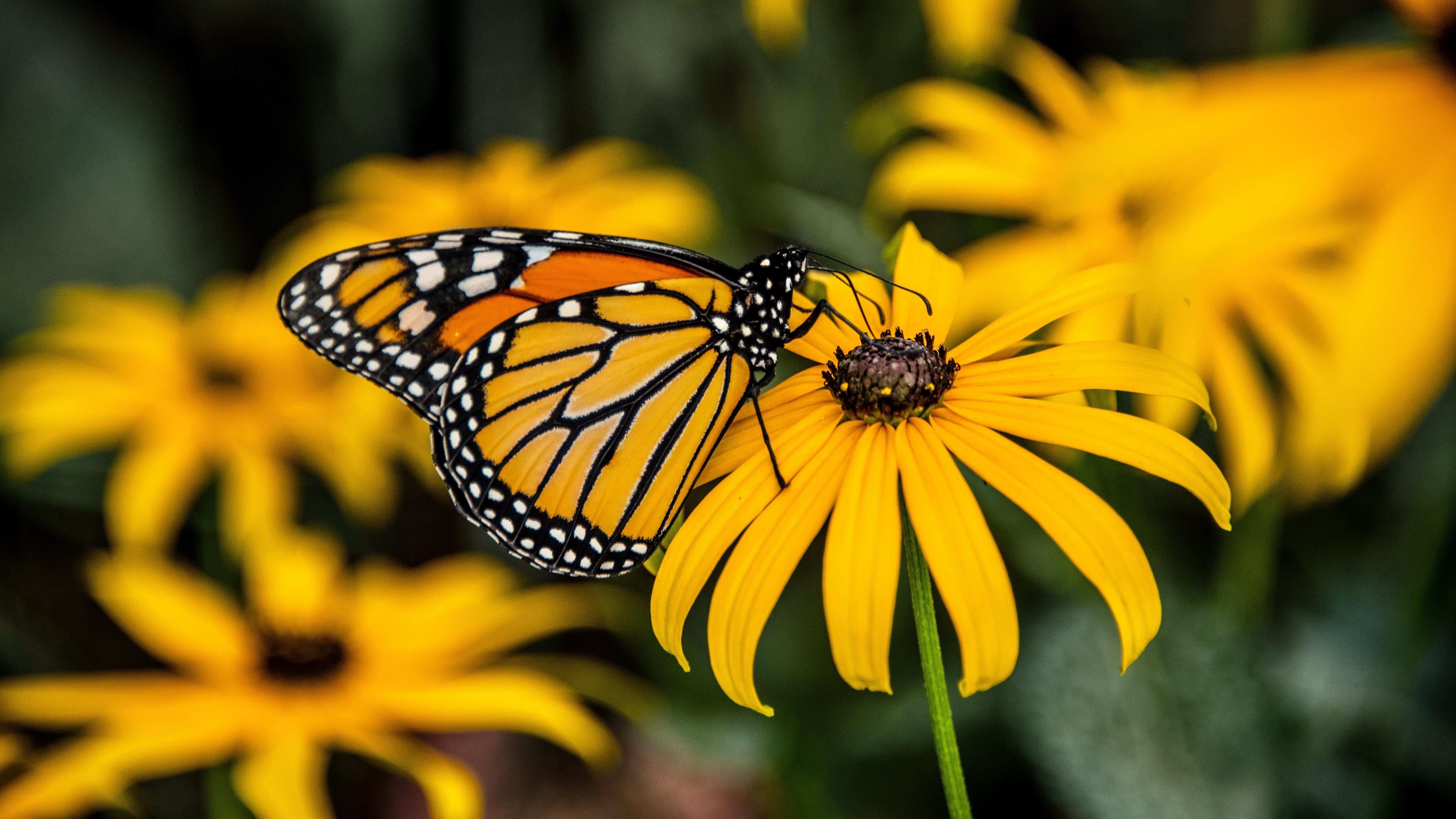
Naturally resistant to insects and tolerant of drought, black-eyed Susans offer big, bright yellow and orange flowers around a dark centre, resembling daisies and sunflowers in equal measure. They bloom all summer long and even into the fall, and you don’t need to do anything to keep them going. They will reseed on their own, and birds will happily come and clean up excess seeds for you, resulting in a lively, happy garden.
Coreopsis
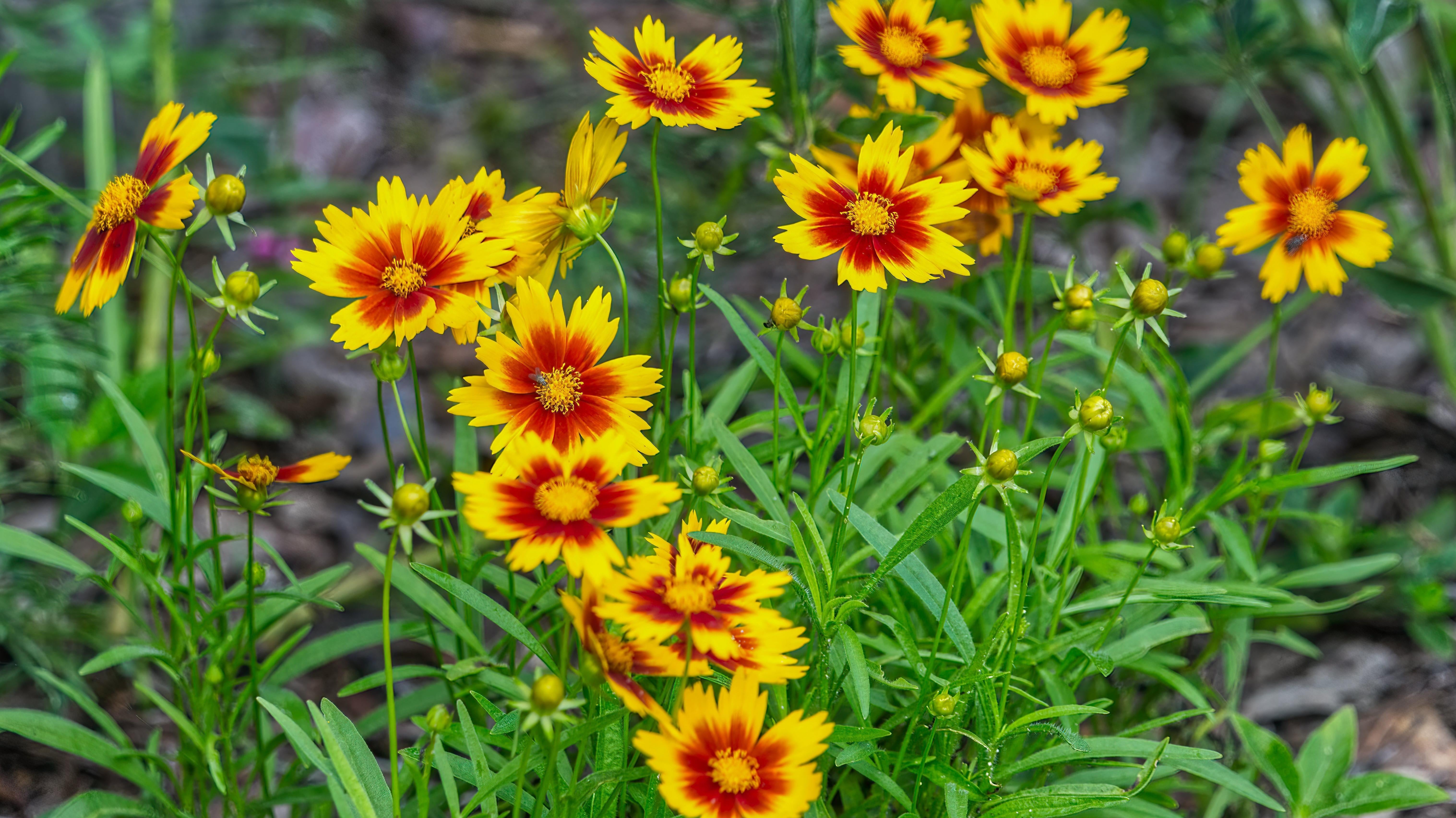
Also known as tickseed, coreopsis is a hardy member of the daisy family that you will find challenging to kill. The stalks can grow to three feet tall and offer a bright spray of flowers in a wide range of colours. Best of all, they bloom for a long time, and will give you colour all summer long and into the fall. While removing the wilted flowers (deadheading) is advisable, it’s not entirely necessary — you can just leave your coreopsis to its own devices and though it might get a bit unruly, it will come back year after year to delight you.
Bearded iris
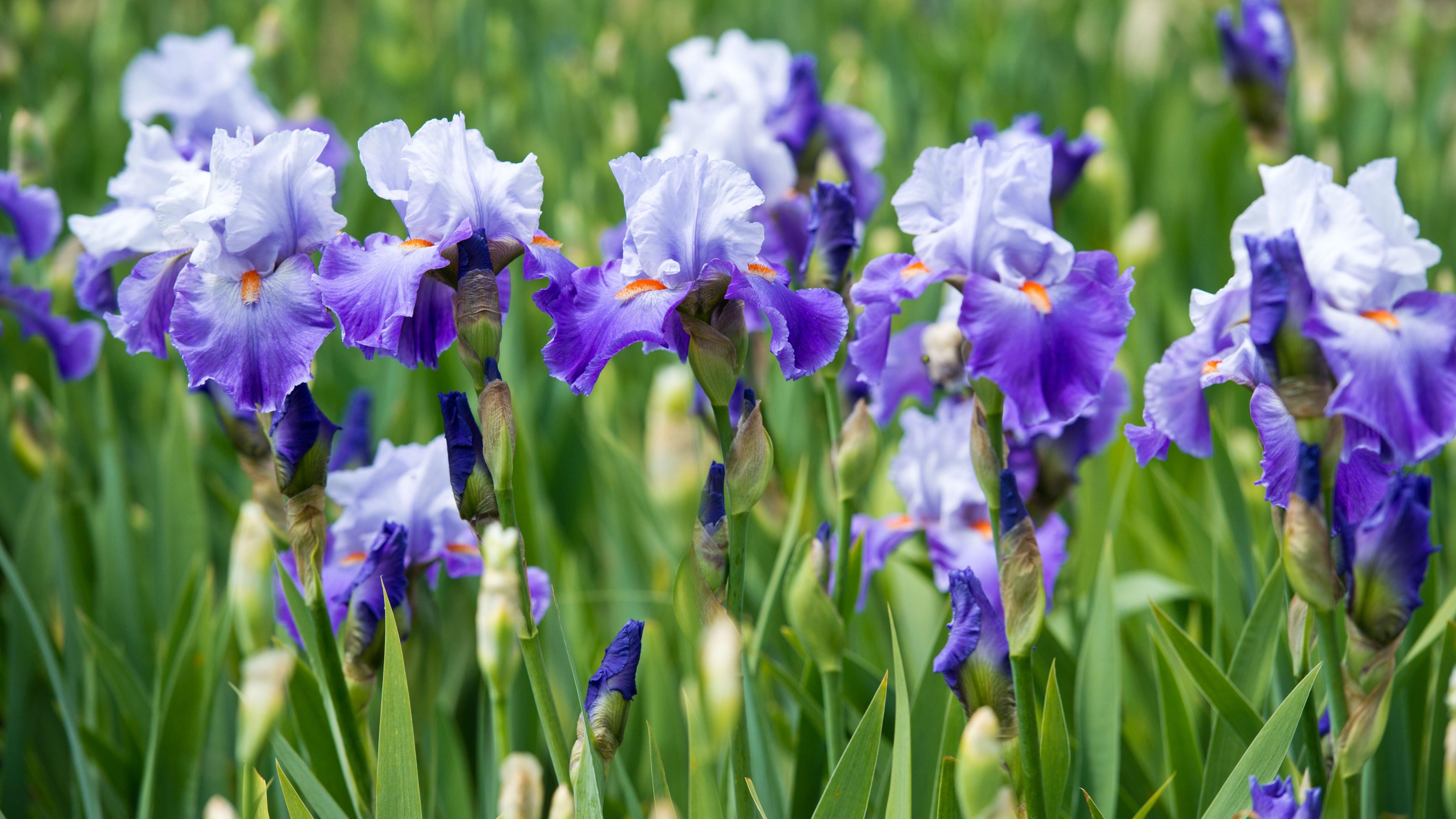
Super easy to grow, the bearded iris will provide gorgeous flowers in a wide range of colours. One secret to the bearded lily is that the plants themselves are attractive, offering graceful blade-like stalks throughout the season, so these plants do double duty keeping your garden attractive. They like full sun, but don’t require a lot of maintenance once planted. Plant them early, as they like to settle in during the colder, darker weeks (just avoid the last frost).
Daylilies
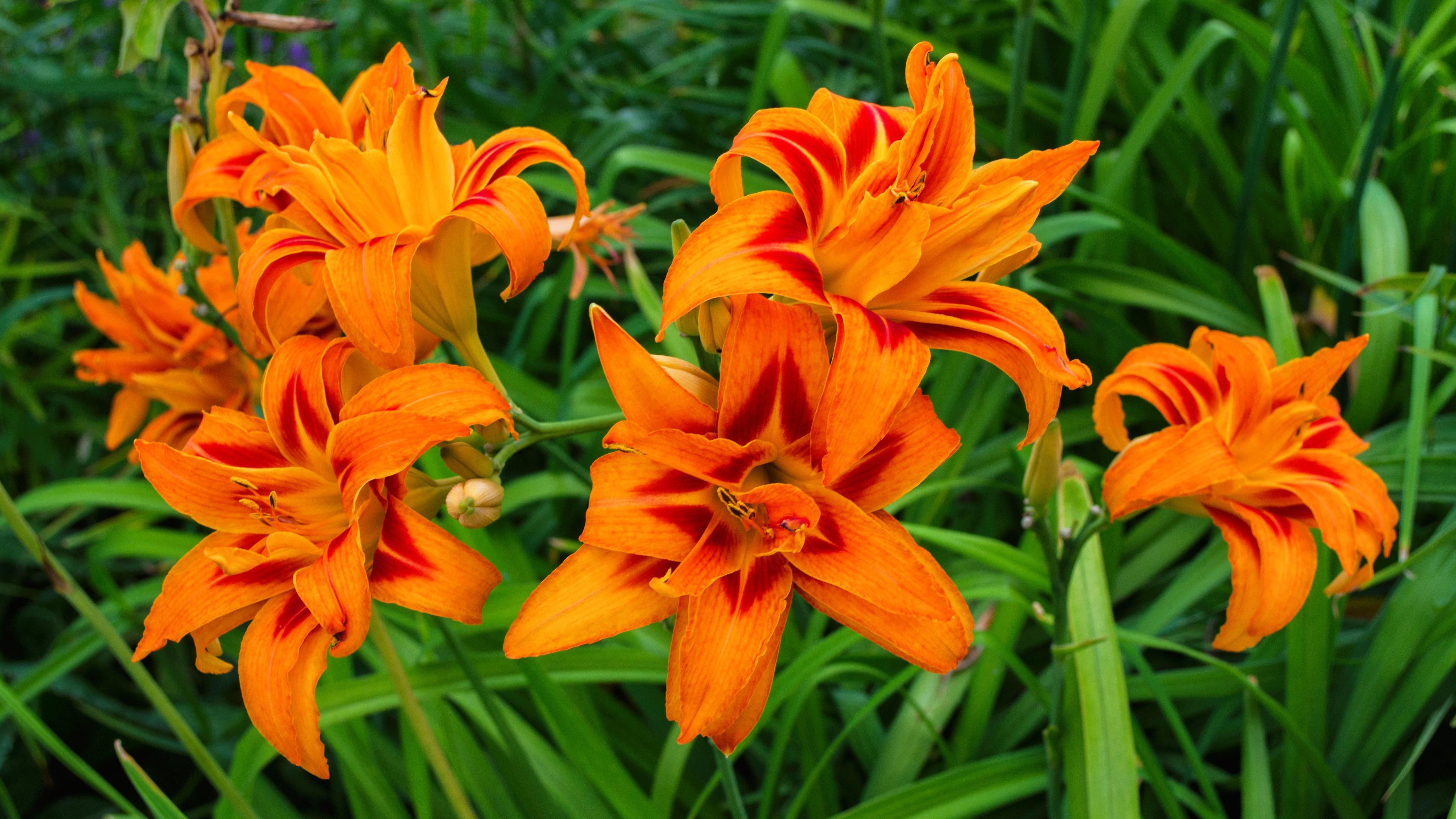
Daylilies come in a nearly-infinite variety of colours and flower shapes, and they are probably the easiest perennial to drop into your garden. They will grow just about anywhere, producing almost every possible colour, aren’t plagued by a lot of diseases, and aren’t particularly tasty to bugs and deer. Most varieties will bloom for a short time in the summer, but some will flower several times a season. Bottom line: You cannot mess up daylilies, so toss some into your gardening plans for a sure thing.
Hosta
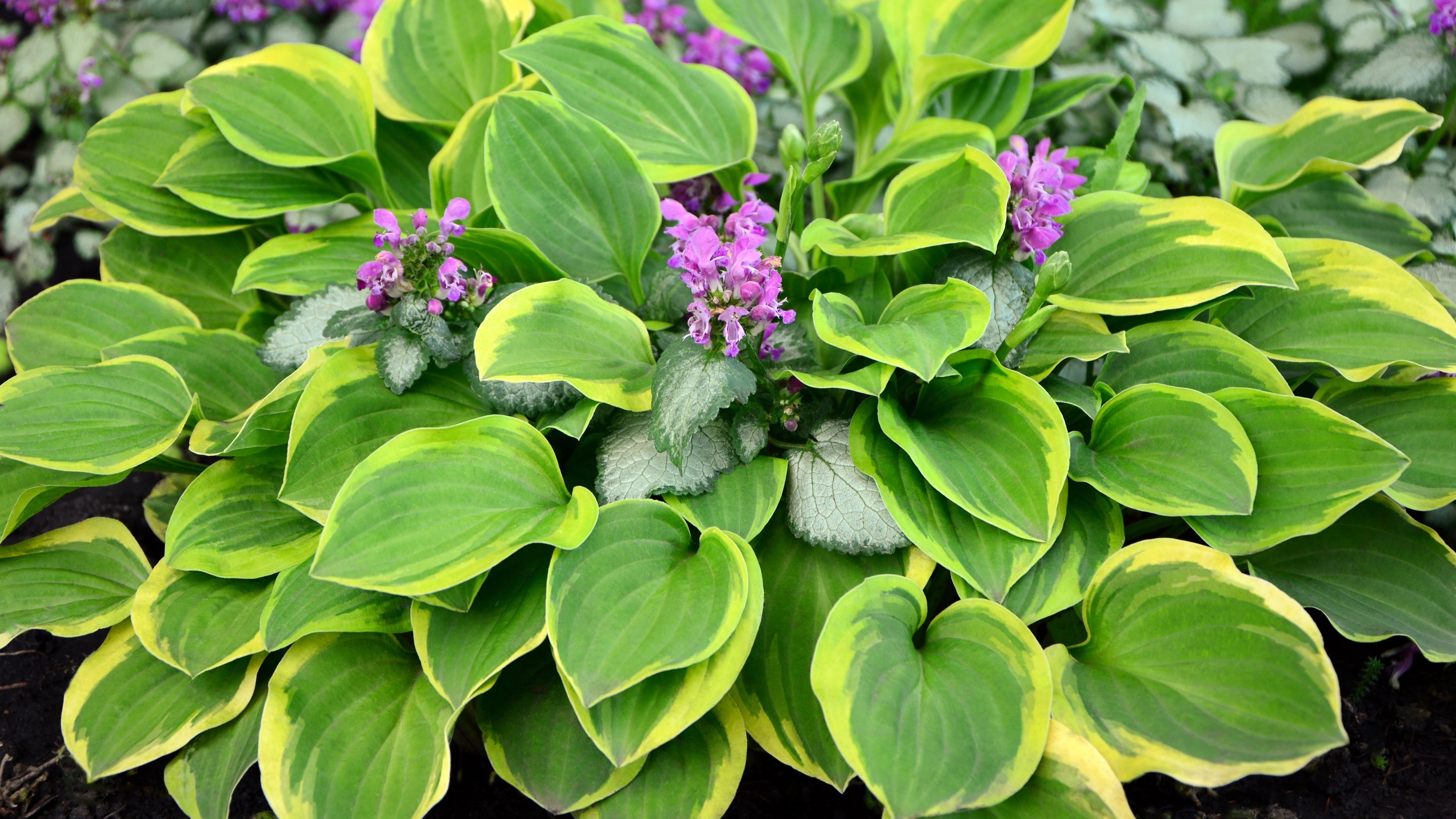
Full disclosure: Hosta won’t give you a vibrant bed of flowers. Hosta does bloom, but its flowers are small and delicate and won’t be very noticeable. But that’s not why you want this perennial in your garden — you want it because it will grow even in near-full shade, tolerate all kinds of conditions and air quality, and provide a lush green cover that will make any garden feel full. Plus, these flowers dead simple to plant and care for, and will come back for more every year.
Peonies
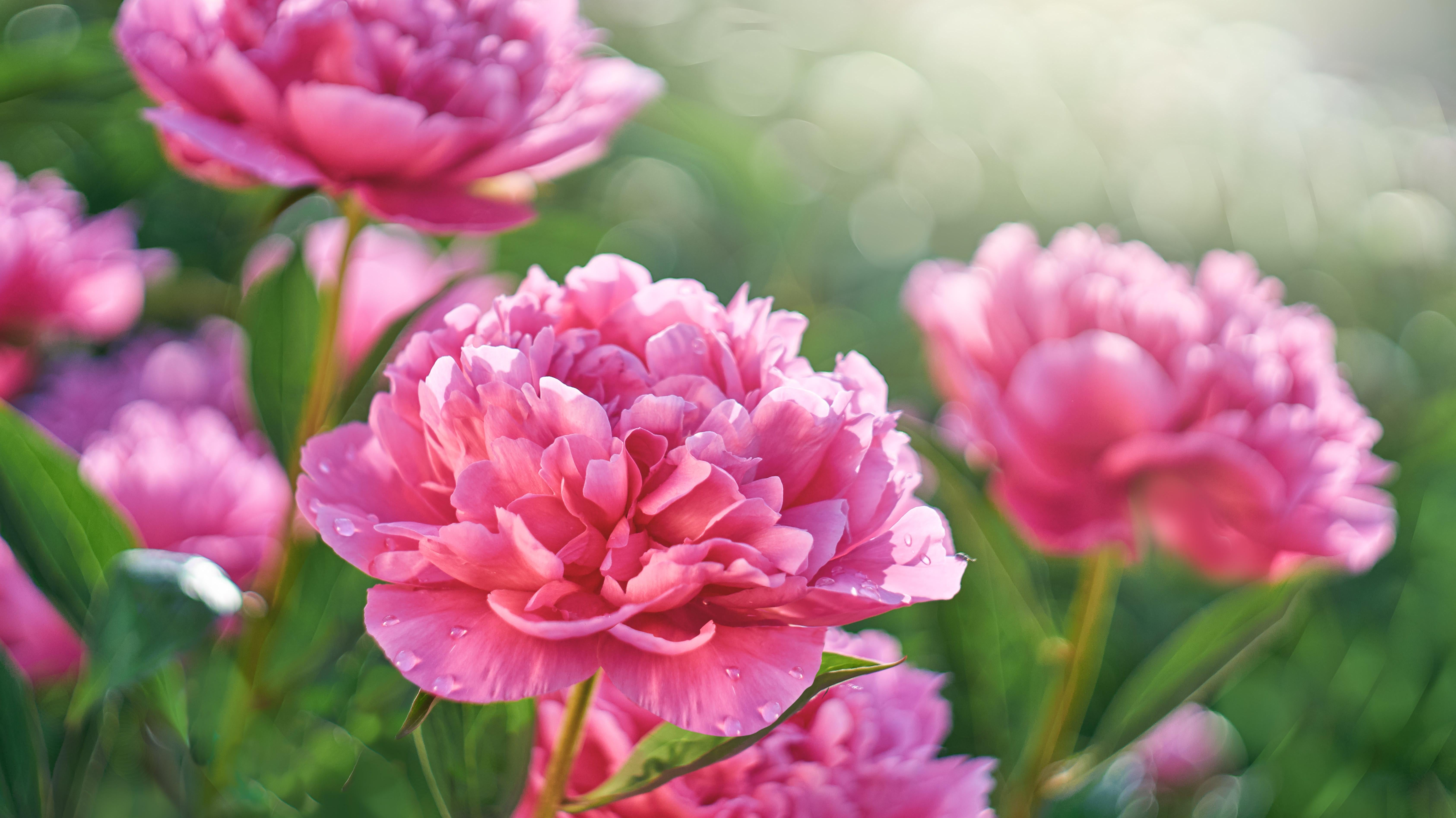
Peonies are a bit old-fashioned, but there’s a reason for that: Immortality. If you want your flower garden to outlive you, plant peonies. Once established, they will come back year after year virtually forever. One downside is their relatively short blooming season — you don’t get these pretty, fragrant flowers for long. But another benefit is ease of care: They don’t need to be fussed over, are impossible to kill, and do well in both shade and sun.
Salvia
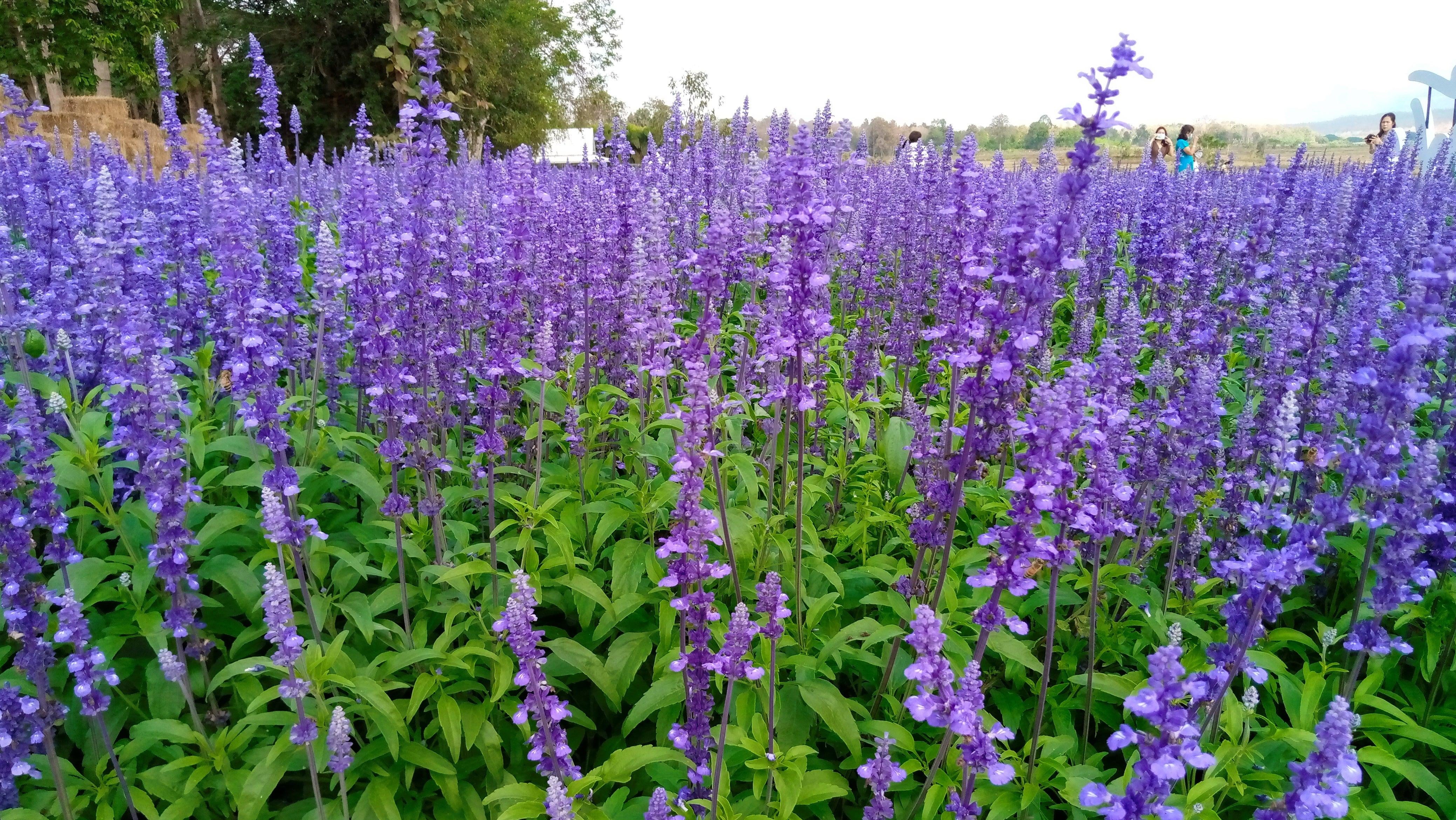
Want butterflies? Plant salvia (aka sage). These tall purple, white, and blue flowers will bring all the butterflies to your yard. They’re also easy to grow, enjoying full sun and tolerating drought well, so if you’re the type who wakes up in the middle of the night realising you forgot to water your flowers, you can stop worrying. If you deadhead the flowers as they wilt, salvia plants will re-bloom right away, keeping your garden nice and bright.
Phlox
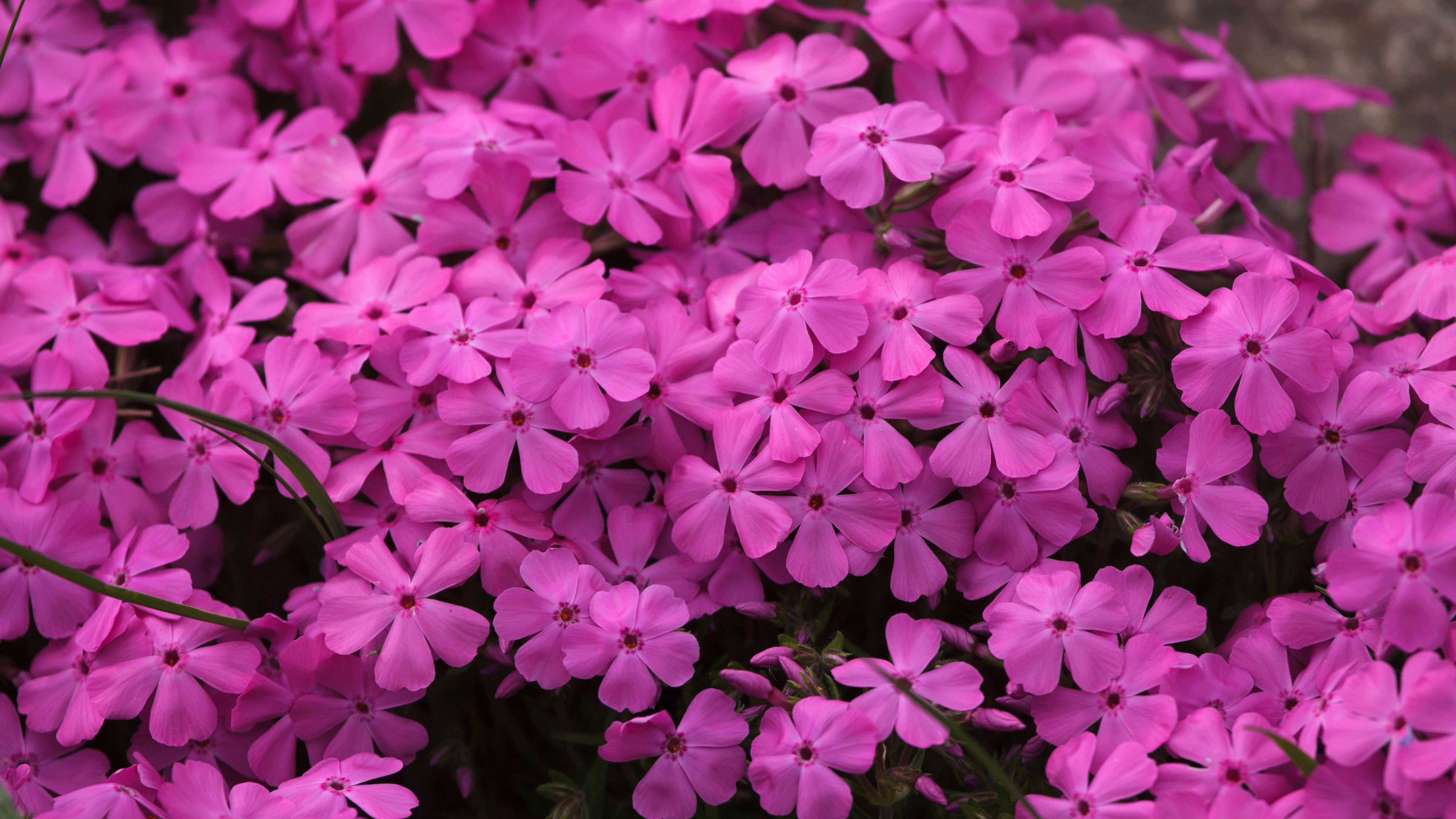
Phlox grows easy and spreads enthusiastically, filling your garden with a carpet of bright pink, purple, white, or orange flowers (for a covering flower, choose the creeping phlox variety, which grows low to the ground). They love full sun and bloom from mid- to late-summer, requiring just normal watering to keep them happy. You can deadhead the wilted flowers and your phlox will re-bloom nicely, and your pretty flowers will also re-bloom on their own every year. Best of all, phlox tends to attract hummingbirds.
Yarrow
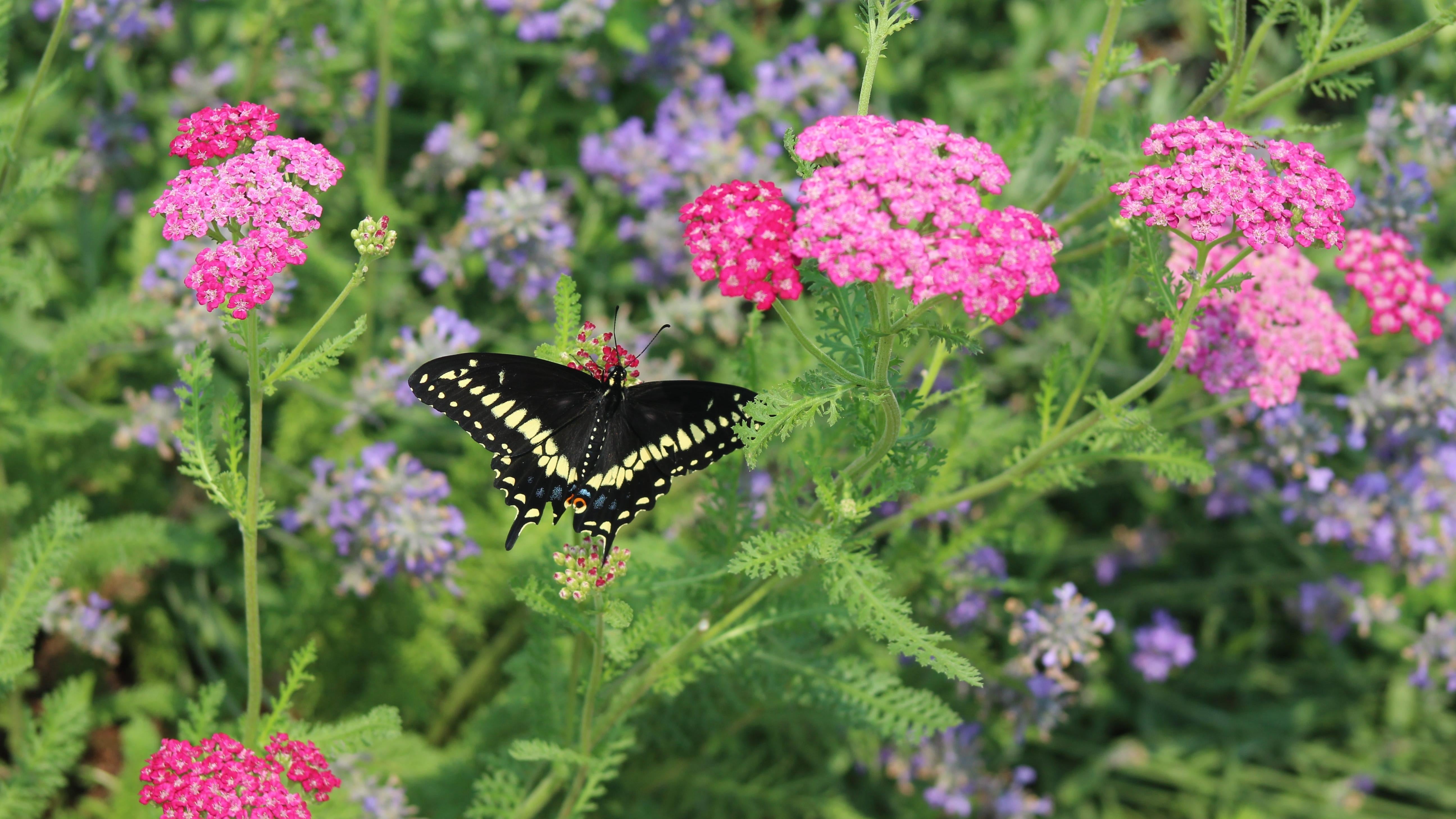
Adding a splash of red and white, yarrow s a very easygoing plant. A member of the daisy family, it grows easily — sometimes too easily, as it will engulf and crowd out other plants if you let it. But aside from cutting it back some when this happens, you don’t need to do much for yarrow to thrive. It does best in full sun, but otherwise requires just normal watering and tolerates neglect very well.
Agastache
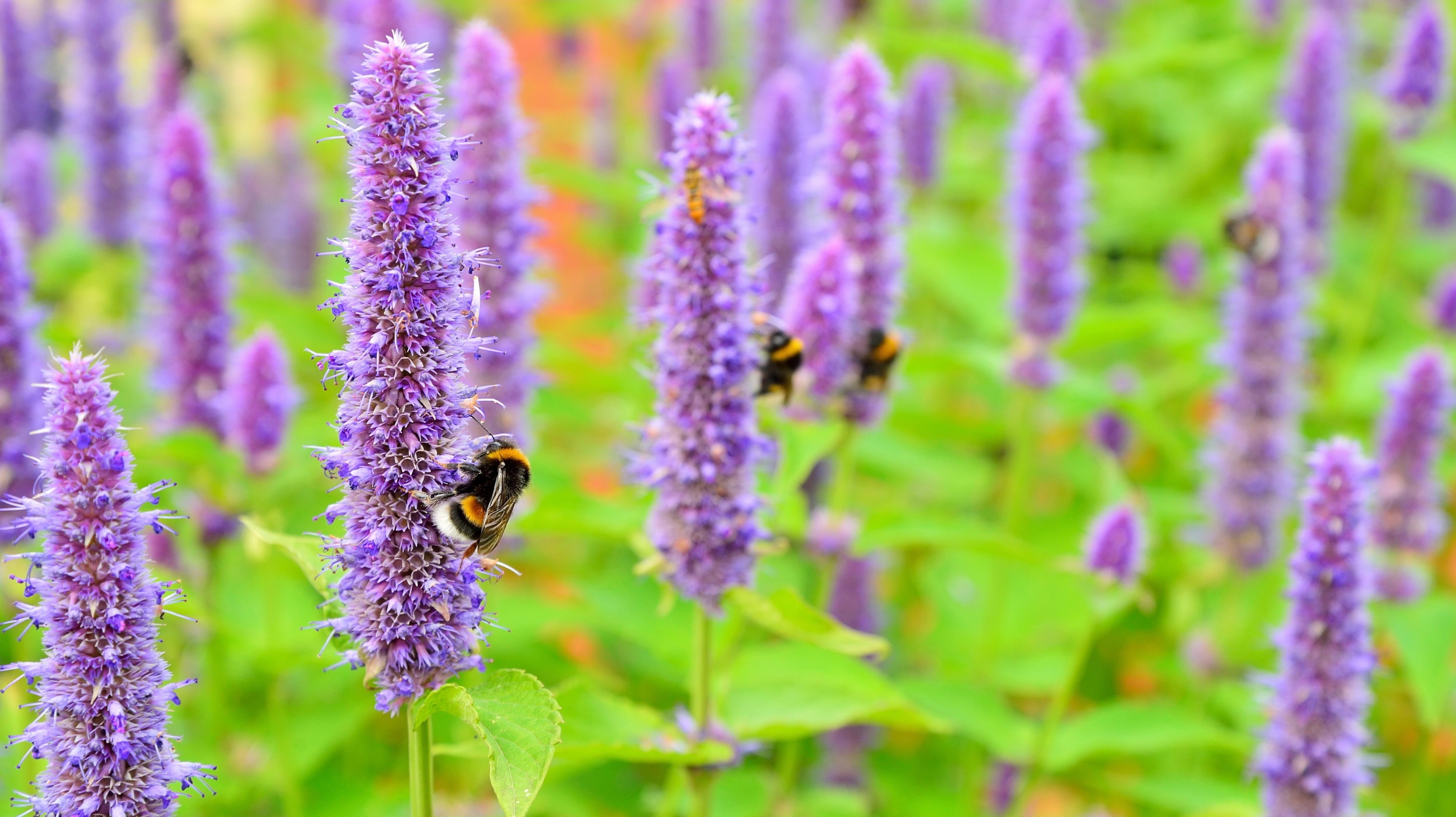
So easy to grow your involvement is largely ceremonial, agastache provides tall spikes of purple flowers that add drama to any garden — and pulls in butterflies and hummingbirds in droves. The spire-like flowers will bloom all season long, and don’t require much care or watering, as this plant is very drought-tolerant. It even grows well in poor soil and survives surprise frosts with a shrug. An unkillable flower that comes back every year? That’s the ticket.
Geum
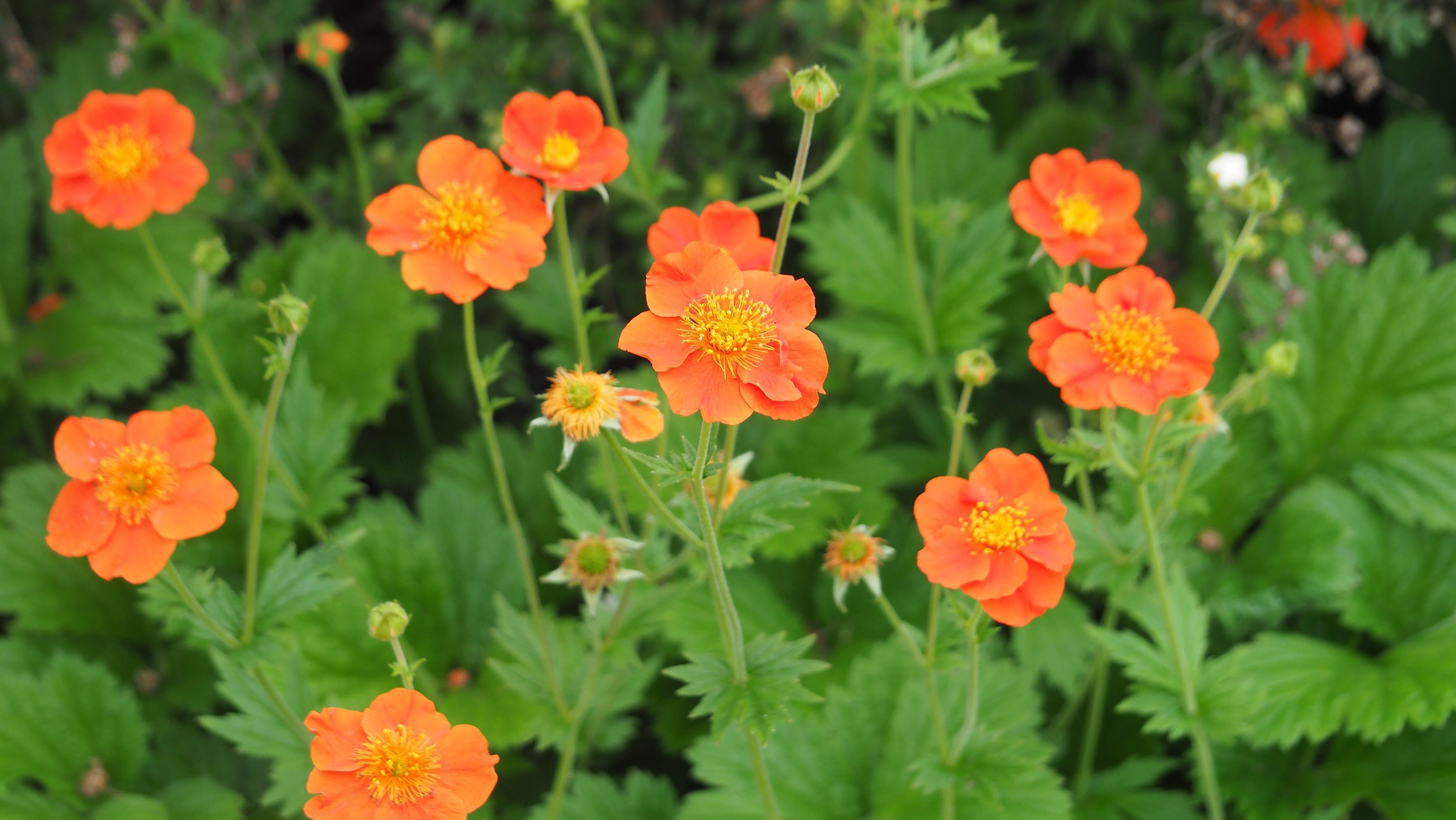
Producing large, colourful flowers (a popular variety is totally tangerine, which offers gorgeous orange blooms), this flower is a favourite of butterflies. Deer and other animals don’t care for it, and it flowers for a long time every summer. While it does best with partial sun and regular watering, it’s very difficult to outright kill geums, so an absentminded gardener will do well with them — although deadheading the flowers is strongly recommended to keep them in bloom.
Delphinium
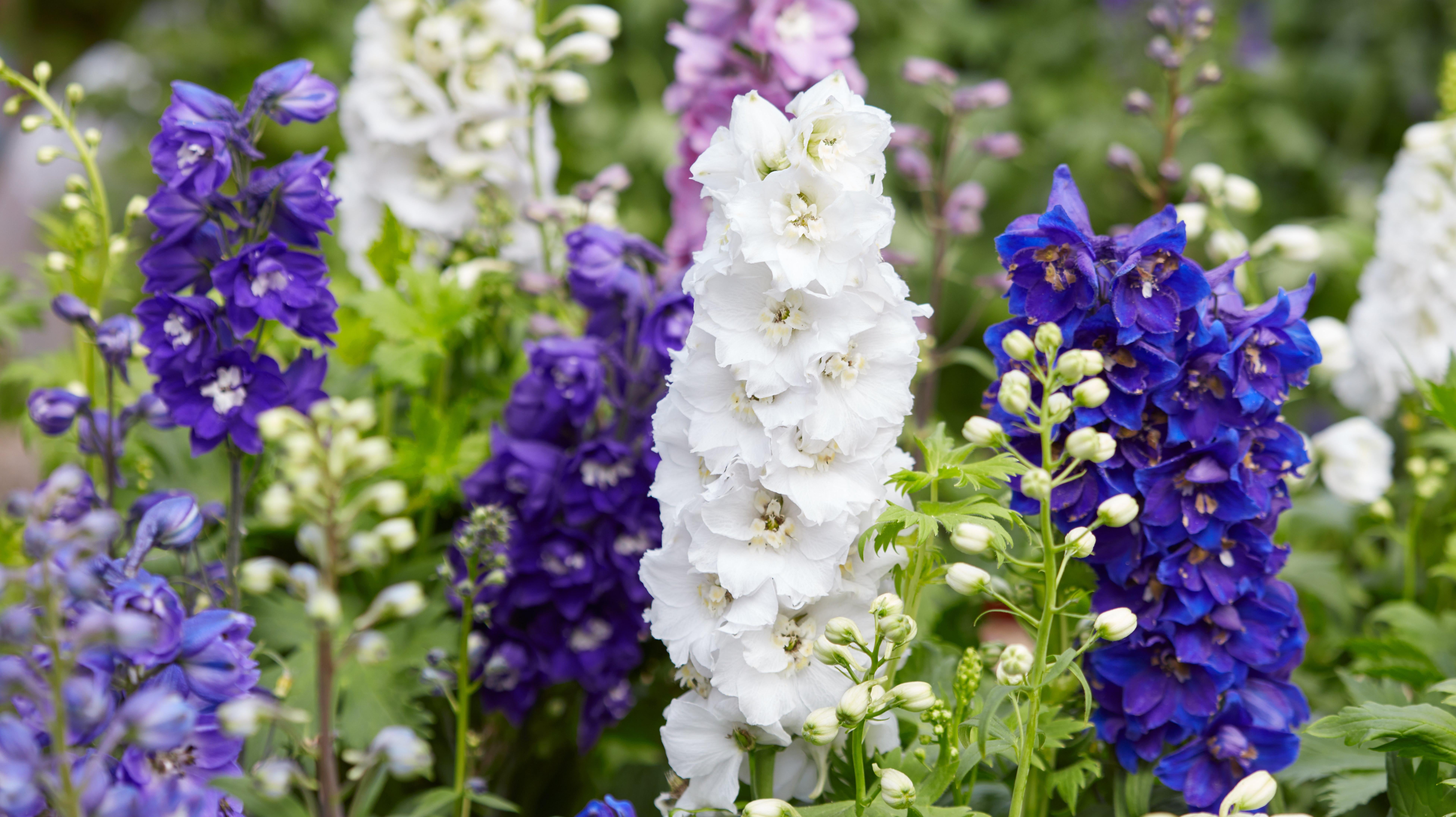
If your garden needs a tall, eye-catching flower, delphiniums are a terrific choice. They can grow as tall as six feet, and flower into gorgeous, soft pastels ranging from white to blue. They don’t require much care, though partial shade is ideal for them. One great thing about delphiniums is that they get tougher every year — if you make it through year one without a problem, you can pretty much ignore them going forward, as they will come back bigger and better next season.
Dianthus
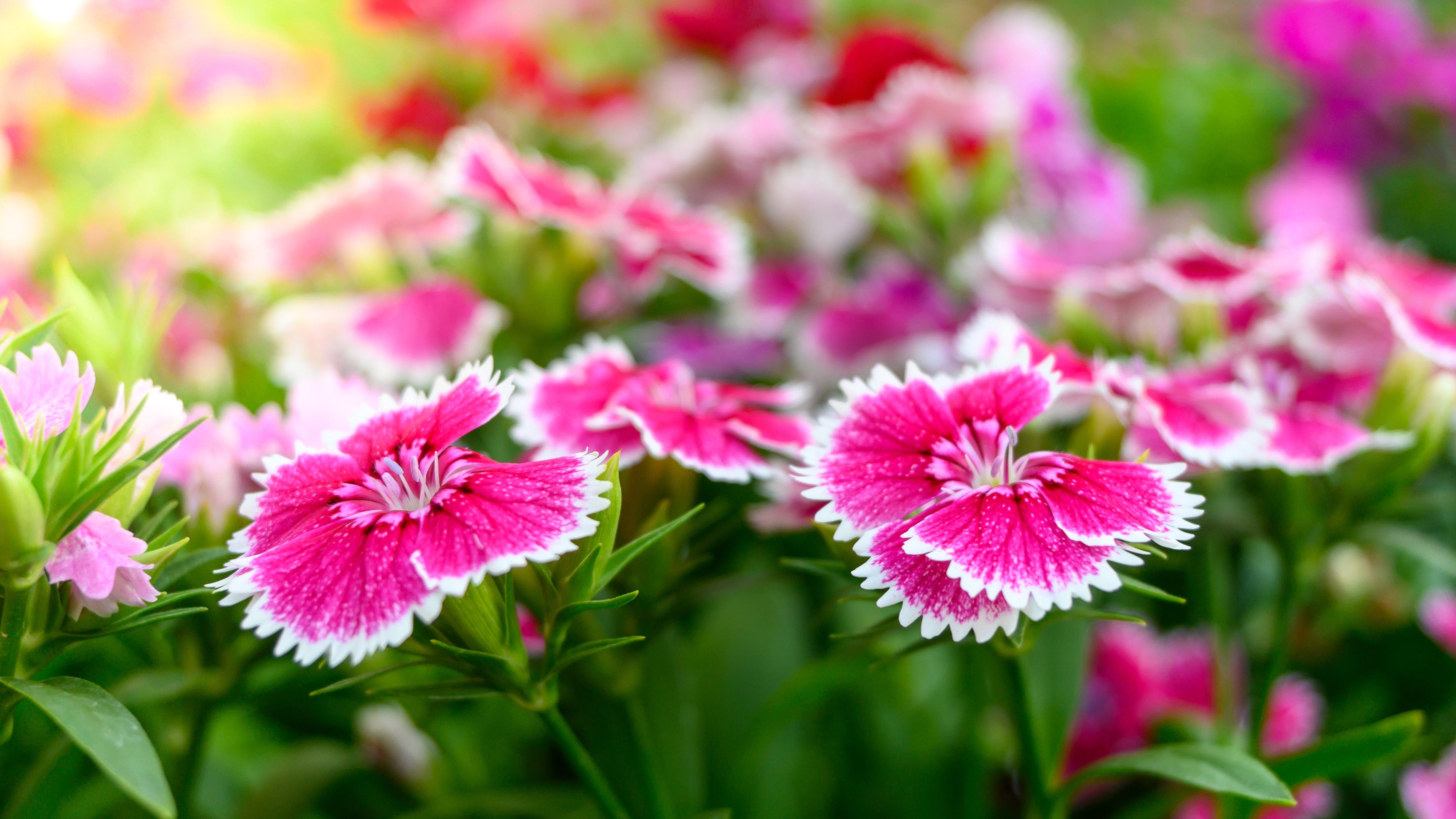
Dianthus are vibrantly-coloured plants that grow to about six inches tall, which makes them ideal edging flowers. You have a lot of variety to choose from in terms of colour and flower shapes, but they’re all super easy to work with. Once planted, they will grow like weeds, and all that’s required in terms of care is a little weeding and thorough deadheading as the flowers wilt. If you do that, you’ll get them back year after year.
Cineraria

Cineraria is often planted as an annual, as outside its zones it will do well for a season, then die. But if you live in the right area, it can be an incredibly easy perennial. It loves shade and grows to about a foot high, topped with a beautiful pink-to-purple flower (sometimes running more towards white or blue). The best part is that it flowers continuously and in the right zone comes back the next year effortlessly. The sole requirement for cineraria is water — you have to keep the roots moist. If you do that, it will look spectacular in your garden no matter what else you do (or don’t do).
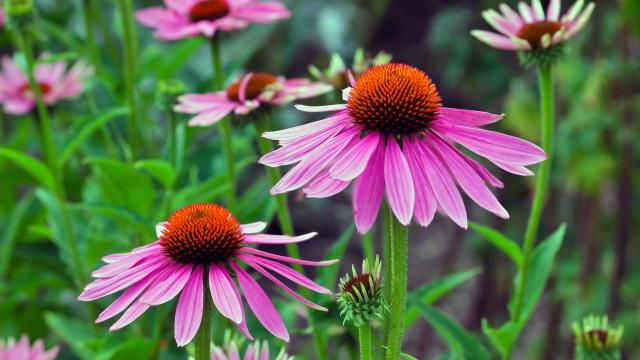
Leave a Reply
You must be logged in to post a comment.